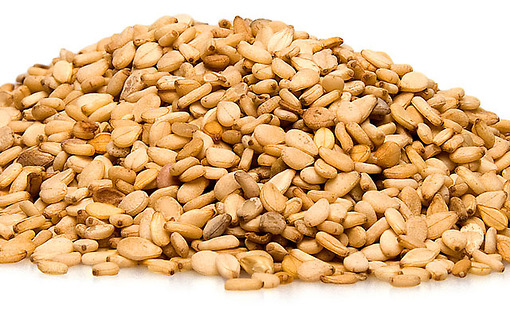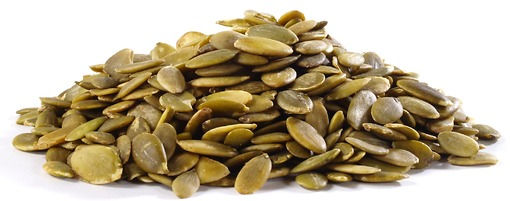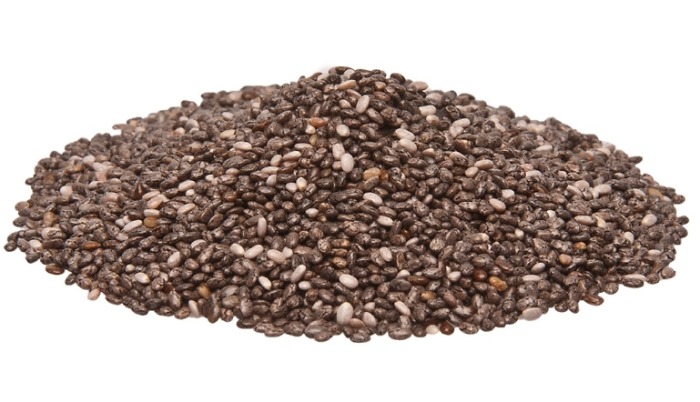The seeds not only provide a great number of benefits to our health, but also add flavour and texture to our dishes.
In general, seeds provide a large amount of fibre, protein, vitamins and minerals. Sesame seeds reduce cholesterol and help to protect the heart. Pumpkin seeds contain high levels of unsaturated fat and antioxidants. Chia seeds have an energising effect and help to improve blood sugar control and promote satiety (fullness). Also, quinoa contains 8 essential amino acids necessary for balanced diet.
Tania Mesa – Nutritionist and Nurse from Neolife
Seeds, your secret weapon to eat better than ever.
In the previous article we described the benefits of flax, hemp and sunflower seeds. The objective of this article is to complete our knowledge about seeds and evaluate their characteristics along with methods to cook with sesame, pumpkin, chia and quinoa.
Sesame seeds
They are a remarkable source of iron, calcium, manganese, copper, magnesium, phosphorus, vitamin B1 and zinc. In addition, they provide fibre, reduce cholesterol and help to protect the heart.
There are two types of sesame: husk (also called “integral”, “normal with shell” or “black”) and dehusked (also called “no shell” or “non-integral”). Black sesames have a higher concentration of calcium and antioxidants than husked sesames.
In the kitchen: Sesame seeds can be used to add flavour and texture to numerous dishes: grilled vegetables, grilled salmon, sushi, sautéed vegetables, hamburgers or as a sesame coating for red meats or chicken (instead of bread crumbs).

Pumpkin seeds
Pumpkin seeds are a good source of protein, potassium, vitamins E, B and K, iron, magnesium and zinc (which increases testosterone). In addition, they contain high levels of unsaturated fat and antioxidants.
In the kitchen: They can be used to provide a nice flavour to salads, pastas and breads. They can also be mixed into smoothies, yoghurts and sauces to accentuate the flavour as well as to create coatings for meats (for example, chicken).

Chia seeds
Chia seeds have an energising effect, contain healthy fats, proteins, vitamins and minerals – such as calcium, magnesium and phosphorus – and are also an excellent source of fibre.
When mixed in the stomach with gastric juices, they swell and form a kind of gel, which helps improve blood sugar control and promote satiety (fullness), helping us keep junk food at bay.
On the other hand, chia seeds provide much more omega 3 (alpha-linolenic acid (ALA)) than omega 6, so they are very useful for those who want to maintain a perfect omega ratio to fight inflammation.
In addition, chia seeds are gluten-free, which makes them ideal for people with celiac disease.
In the kitchen: they do not add a distinctive flavour to any dish, that is to say, they do not significantly affect the taste of the food, so they can be generously added to many different dishes. This makes them ideal for smoothies, yoghurts, salads etc. Furthermore, chia seeds also expand in liquid, so they can provide texture to juices, infusions, iced tea etc. making these foods healthier.
Chia seeds are available in black and white shades.

Quinoa
Recently, quinoa has become increasingly popular. It is often mistakenly thought to be a grain because in the kitchen it acts much more like a cereal than a seed. Quinoa is an excellent seed with magnificent properties as it provides a large amount of protein, fibre and minerals -iron, phosphorus, folate, copper, manganese and magnesium. Quinoa possesses 8 essential amino acids and as such offers a truly complete food that is easy to digest. They are principally a carbohydrate; fundamentally starch. For this reason quinoa is suitable for diabetics, since being a complex carbohydrate quinoa is assimilated slowly without causing any peaks in blood glucose. It is extremely versatile and can be used in many different dishes and provides an important satiating effect, which is great for those who want to create a weight loss diet. In the kitchen: They must be washed and soaked before consuming to remove the saponin layer. Quinoa grains are prepared and cooked before eating – the cooking time being approximately 15-20 minutes. After cooking, quinoa grains remain crispy, unlike other cereals which have a soft texture. Quinoa is usually eaten with vegetables or in salads. Their flakes can also be added to breakfast dishes or added to juices, milks or yoghurts. You can even make a risotto, replacing the rice with the coveted seed. Finally, their use in desserts is also very common.

These seven seeds have been feeding cultures around the world for many years. It is time to incorporate them into our daily diet, as they can be a very exciting introduction: their shapes, flavours and colours will turn our salads, smoothies, breads, vegetables and meats into more unique and healthy dishes. And that is why seeds can be your secret weapon to eat better than ever.
